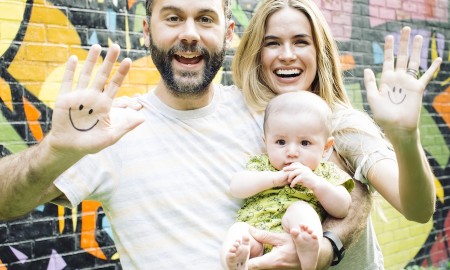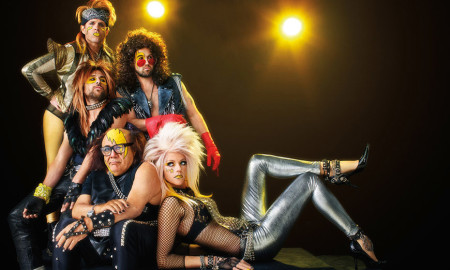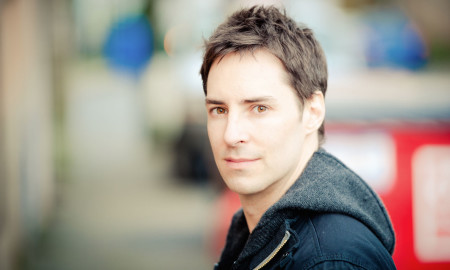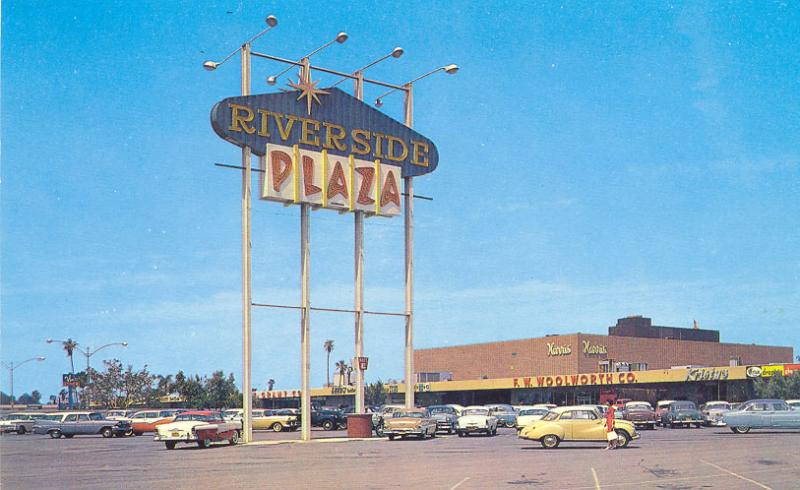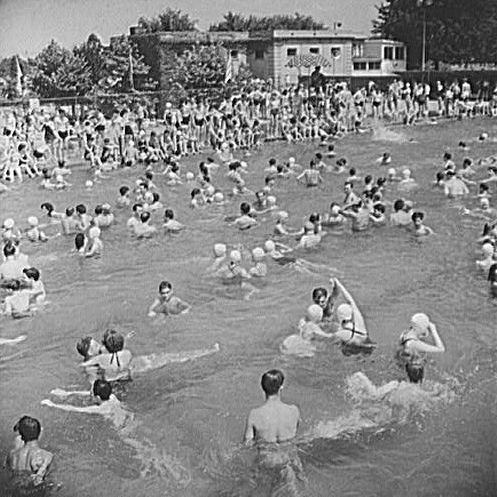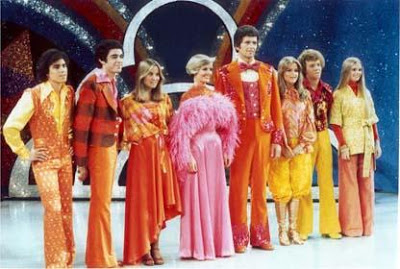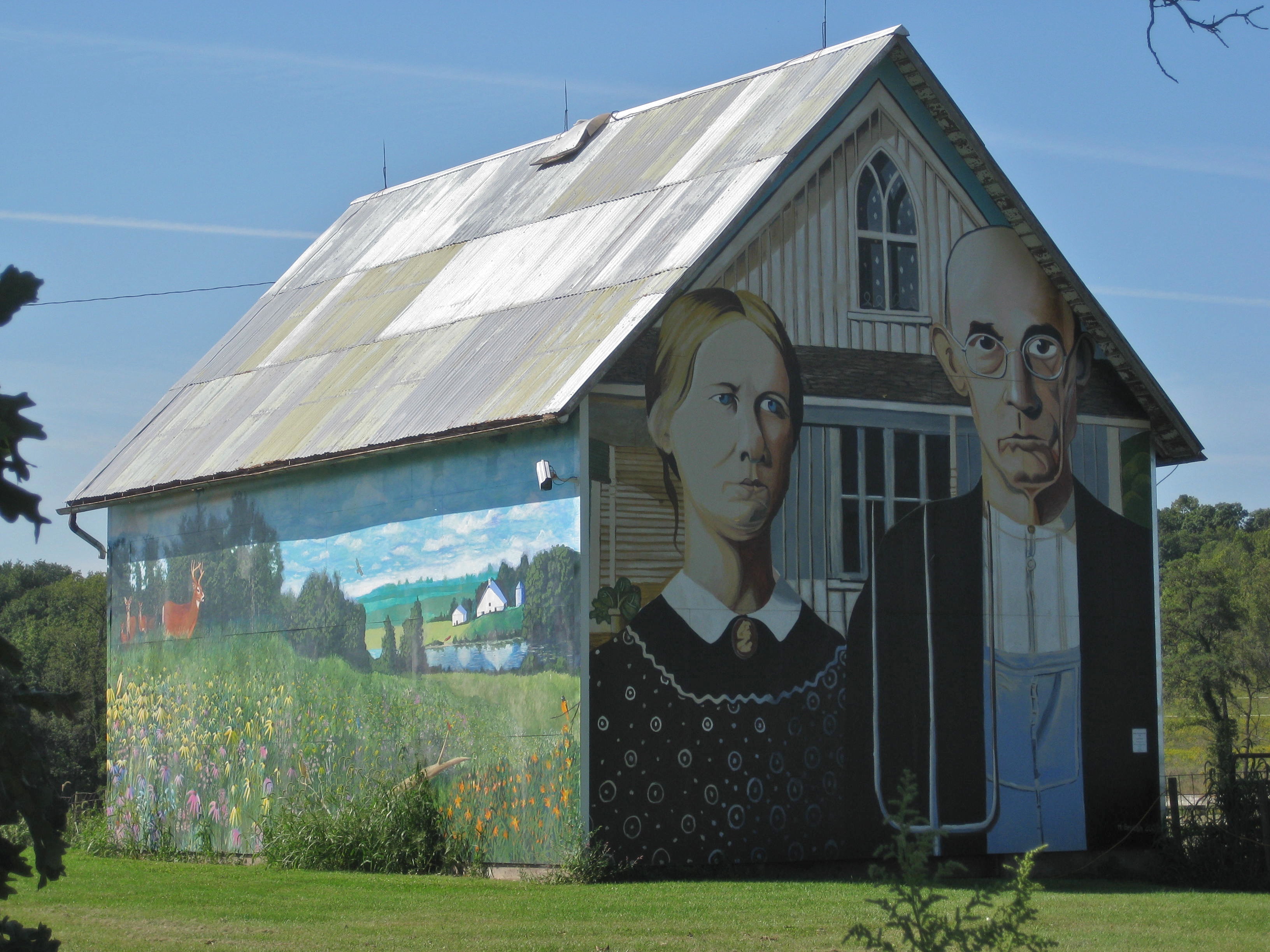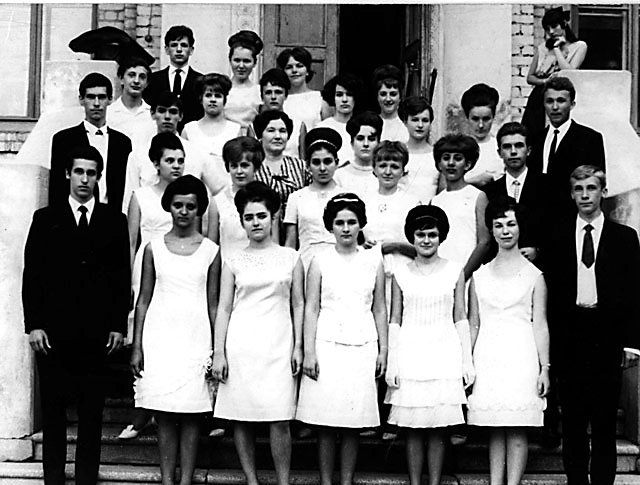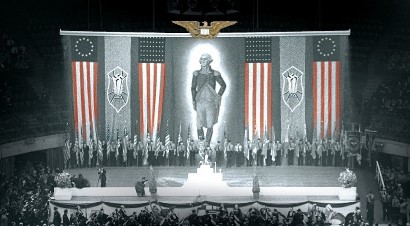

The American Bund was serious about its loyalty to Hitler. Dead serious.
Fritz Kuhn was no Cary Grant, but in the years leading up to World War II, he somehow garnered up enough charm to sell himself as the American Hitler.
Most German-Americans weren’t buying, but for those who were, there was the Bund, which was an All-American Nazi party, complete with public rallies, lapel pins and coffee mugs.
In fact, the fights that broke out at a Bund rally in New York’s Madison Square Garden made an Islanders game seem like a tea party.
Kuhn’s goal: to unify German Americans, in particular, the Aryan [Christian, white] race of North America, and keep them revving in neutral while Hitler took over Europe.
The idea: Kuhn’s day will come, and he planned to become the western hemisphere’s Nazi Number One.
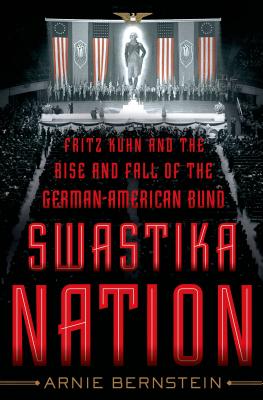 Historian Arnie Bernstein tells the ugly story in full for the first time in his book Swastika Nation: Fritz Kuhn and the Rise and Fall of the German-American Bund.
Historian Arnie Bernstein tells the ugly story in full for the first time in his book Swastika Nation: Fritz Kuhn and the Rise and Fall of the German-American Bund.
By the time America entered the war in 1941, the Bund was no more. Or were they? Decades later, in the digital age, Aryan groups, skinheads and Hitler devotees are alive and well on the Internet, and in many other places you would least expect.
Here, Arnie tells us what went down, and what to look for if you start hearing goosesteps.
How did Fritz Kuhn become the leader of the German-American Bund?
The [American pro-Nazi] cells themselves were pretty well organized, but the people at the top were always fighting and arguing. The last group was called The Friends of the New Germany. Fritz Kuhn was a rising star.
How did they give it an American flavor, to appeal to the average German American?
They would emphasize that they were Americans first.
Fritz Kuhn didn’t seem like the most attractive choice for an American leader of the master race.
He was a fleshy guy with a big German accent and glasses. A real chick magnet. Even though he was married with two kids, he was a successful womanizer.
Even after he became Bundsfuehrer, he was womanizing left and right, and quite openly and flagrantly. He was a completely unlikely character. I could not make him up.
Anti-Semitism [the hatred of Jews] was a big part of what the Bund was about. They were convinced that Jews were behind all the world’s bad news, and it got worse from there.
We know what happened in Nazi Germany, but I did not write it from that perspective. I wrote it with the situation that was unfolding [in America]. It was flagrantly obvious what was going on in Germany. People who had aligned themselves with Hitler would not be popular in America.
Jews in Europe were slowly losing their human rights, but American Jews were very vocal about their opposition to the Nazis. In fact, Jewish gangsters had a field day roughing up Bund members. Sort of ironic.
There was a certain pride in it. The Jewish press would say, [the gangsters are] bad guys, but they’re our bad guys.’ They would say, ‘this is our fight. We will do it our way.’
It was a great irony, because it was the first time that Jewish gangsters were mentioned in the Jewish press.
A surprising part of your book is that the Bund used the American Indians in their hate campaign.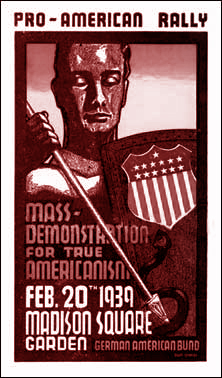
Basically, they saw [the American Indians as a source of] exploitation. Hitler was enamored with this German writer who wrote these pulpy Westerns about “the noble savage.” [Karl May].
This [American Indian] character embodied what Nazis should embody: pride in your race and being a fierce fighter. The Bund saw an opening for exploitation with this and they ran with it. “We honor and embrace the American Indian.” But they exploited them for everything they could.
We should be very clear that most German-Americans wanted nothing to do with the Bund, and that they shared a hatred of the Nazis and were pro-American.
That was the majority. The majority of German Americans wanted nothing to do with them. And they were very angry about what was going on. They wanted to send the message that ‘we are loyal Americans and we love this country.’ We are not Hitler-ites in any way, shape or form.
Like the German Nazis, the American Bund offered summer youth camps throughout the United States. The purpose of these camps was to train Aryan youth and to build up the master race.
It was brutal on many levels, and not just physically. They exploited the children for work and sex. They wanted real German order, which involved putting these kids through real vigorous training. It was brutal and bloody, pushing way past a child’s limit.
It was a policy in Germany that Germans would have to produce good Aryans. They were encouraging [permissiveness] not quite openly. The adults were having relations with the youth as well.
The Bund rally at Madison Square Garden in 1939 was a display of hate in the name of free speech. And it featured an infamous confrontation, captured on film!
It’s like America’s version of The Triumph of the Will. But they had a right to speak. They agreed that there would be no swastika banners and no anti-Semitism. Of course, that all went out the window.
They managed to get 20,000 people in there. They were selling all their merchandise, pins and booklets and pamphlets.
It was a rally, and they made their speeches. They had the American flag and George Washington’s image hanging, to show that ‘we are an American movement. We love our Fatherland, we love our heritage, but we are Americans.’
Outside were people who wanted to kill them. There were more outside than inside. There was never anything like it in New York.
At the time, it was the highest concentration of people for any kind of event. Punches were thrown, and people did go to jail. But that was the turning point.
Fiorella LaGuardia, who was mayor of New York, and also half-Jewish, said, “No. Not in my city.”
How did the Bund meet its demise?
[The U.S. government] got them on taxes, which is the good, old-fashioned American way. They looked at how their taxes were taken out of the merchandise that they sold. If they were a for-profit business, where were the taxes going?
 Taxes were one thing, but that was small potatoes. [The government] wanted something bigger. Follow the money. So eventually they found that Kuhn was using the money to fund his romances. They got him on embezzlement and forgery. They cut off the head of the dragon.
Taxes were one thing, but that was small potatoes. [The government] wanted something bigger. Follow the money. So eventually they found that Kuhn was using the money to fund his romances. They got him on embezzlement and forgery. They cut off the head of the dragon.
Then, of course, the war turned everybody’s attention.
As the war heated up, and eventually, Pearl Harbor happened, people were leaving the group, all except for the hard-core loyalists. And they were done.
Yet the Bund still must exist on many evolved levels today.
I don’t know that we can stop it. It’s always going to be there. The Aryan groups were among the first to get on the Internet, because they needed to connect with one another.
In the end, what defeated the Bund was not just foolishness, which is what usually brings these groups down anyway, but our own country.
Read Arnie’s terrifying book here, so that you can keep the past from repeating itself.
Watch a snippet of the Bund rally at Madison Square Garden:


